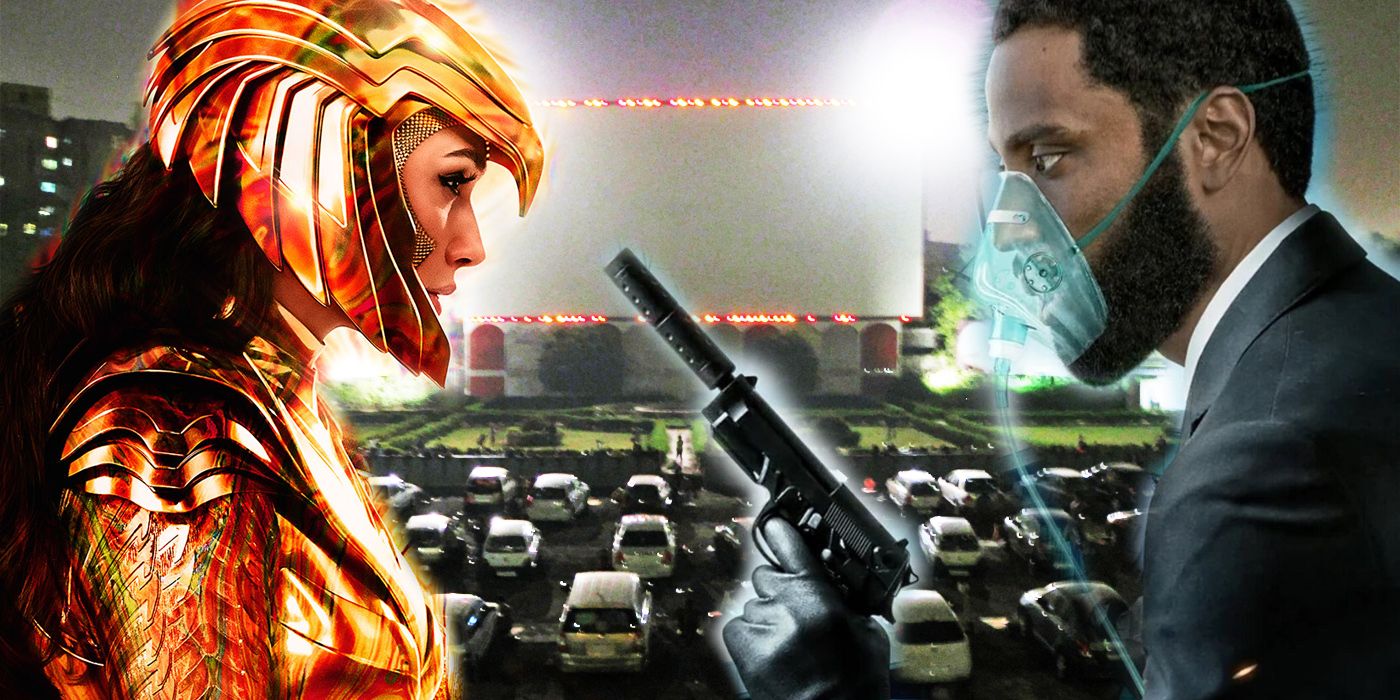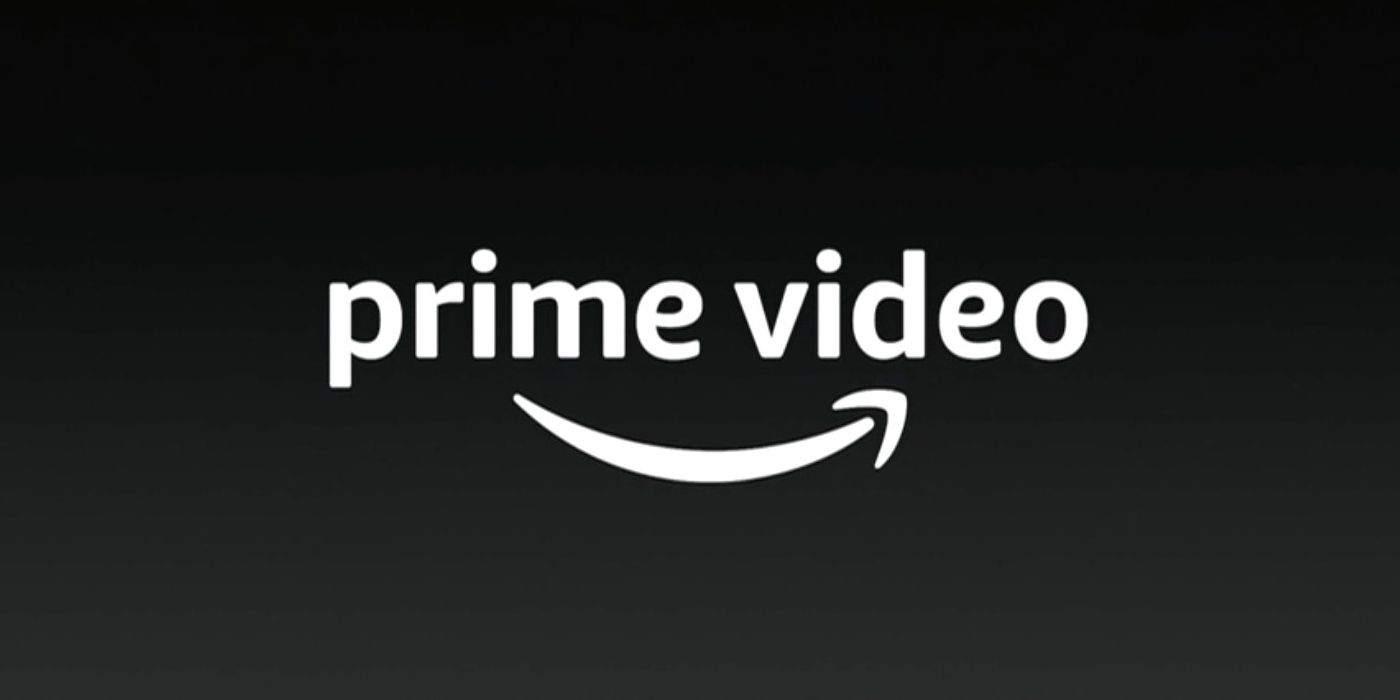The summer 2020 blockbuster season has suffered because of the coronavirus pandemic, but drive-in movie theaters could save the movie industry. The largely-forgotten entertainment venue is starting to make a comeback amidst social distancing rules. While the movie industry struggles to grapple with a changing economy, nervous consumers and limited seating in theaters, drive-in theaters offer a low-risk alternative.
The movie industry was suffering before this year, as box office numbers dwindled over the last several years, but the events of 2020 are only making things worse. Causing more wallet pain for both theaters and studios, some movies are being released directly to streaming or are delayed to 2021. Despite 90% of movie theaters potentially opening by mid-July, research firm MoffettNathanson estimates that North American box office numbers will be down over 50% in 2020 [via The New York Times]. It's also unclear how many films will play per day or what staffing will look like, as theaters undergo more cleaning than usual. Couple this uncertainty with consumer anxiety about indoor activities, and it's a perfect scenario for the movie industry to continue to suffer.
The drive-in theater is an attractive, viable alternative to indoor seating theaters that could help save the movie industry in the midst of a pandemic. The tradition started nearly 90 years ago and was widely popular for decades, with over 4,000 drive-in theaters across the U.S. As consumer preferences changed and theaters grew in popularity, the number of drive-ins tumbled over the years to less than 400. However, thanks to hipsters — and more recently, consumers looking for available evening activities — that number is starting to rise again. The drive-in experience provides nostalgia, an outlet for socially distant entertainment, and an affordable activity.
Amazon already tested the waters with a drive-in only release and released its original thriller, The Vast of the Night at select drive-ins before it started streaming on Prime Video. There aren't official numbers on how the experiment worked out, but A Quiet Place Part II would also be a viable movie for a drive-in release. More studios could capitalize on this and even create custom pop-up theaters in select cities for new releases. It would provide consumers with a fresh take on a classic night out. Tailoring the releases to be drive-in friendly would continue to build traction for drive-ins, while keeping hotly-anticipated movie releases on-schedule. Going out to the movies is still desirable and this is a badly needed opportunity to update what the movie experience looks like.
Drive-in theaters are also fairly easy and affordable to create, as long as there are under-utilized spaces and movies to show. For example, the Hard Rock Stadium where the Miami Dolphins play is being transformed into a drive-in theater while the stadium isn't in use. The stadium will accommodate hundreds of cars and will provide badly needed revenue for the stadium and box office. If drive-ins institute "carry-in carry-out policies," there won't be as much waste to clean up, and overall will need less overhead to maintain the theater. From the Adirondacks in New York to the San Fernando Valley in California, independent drive-ins are popping up. The studios just need to coordinate so their movies can be properly distributed to small drive-ins in time for theatrical release.
Nationwide social distancing measures will continue in some capacity throughout the summer, but it doesn't have to mean the continued demise of the movie industry. Drive-in theaters provide a low-risk activity with a hint of nostalgia and there's plenty of space for them. If studios and theater operators get creative and take advantage of the opportunities provided by drive-in theaters, they could save the movie industry.


